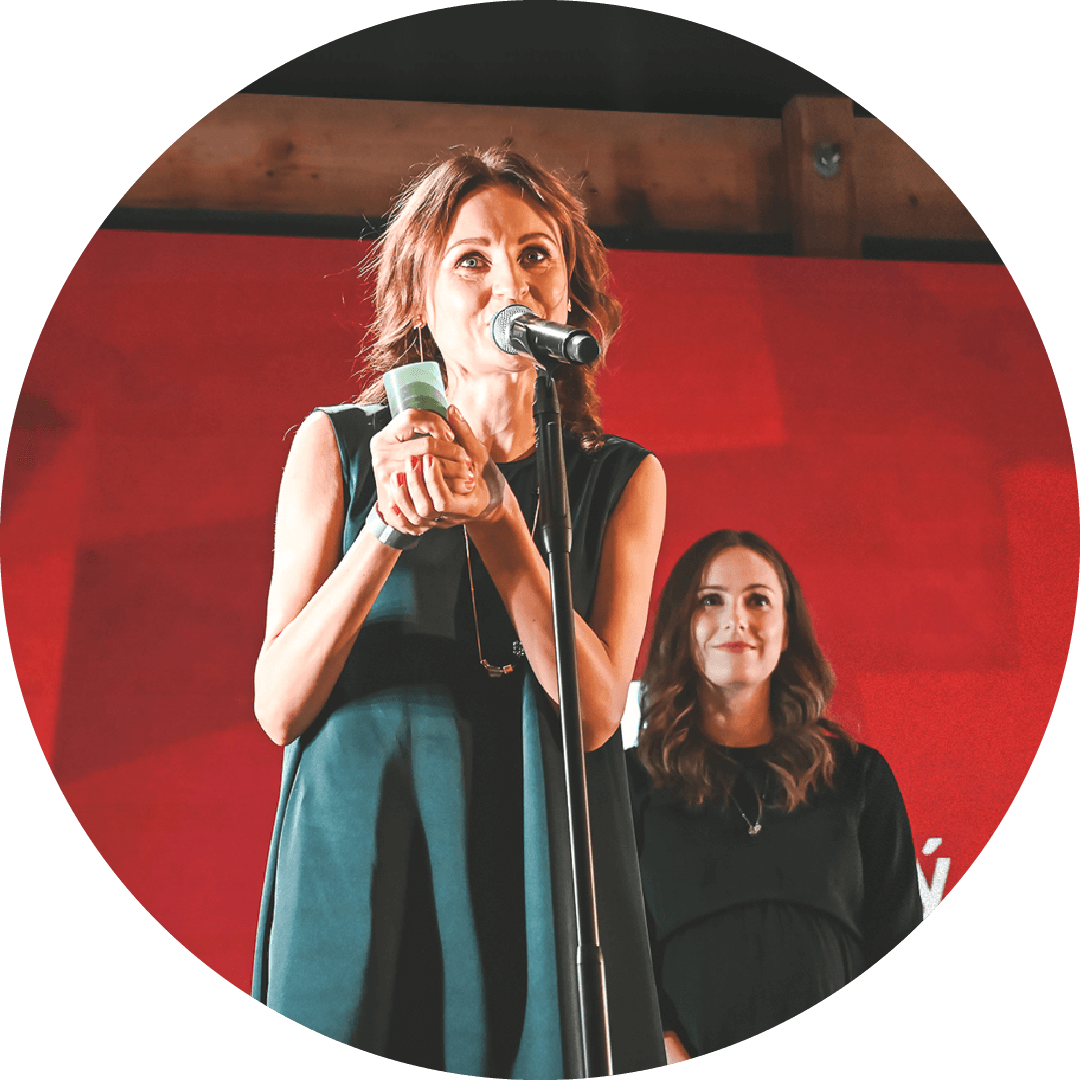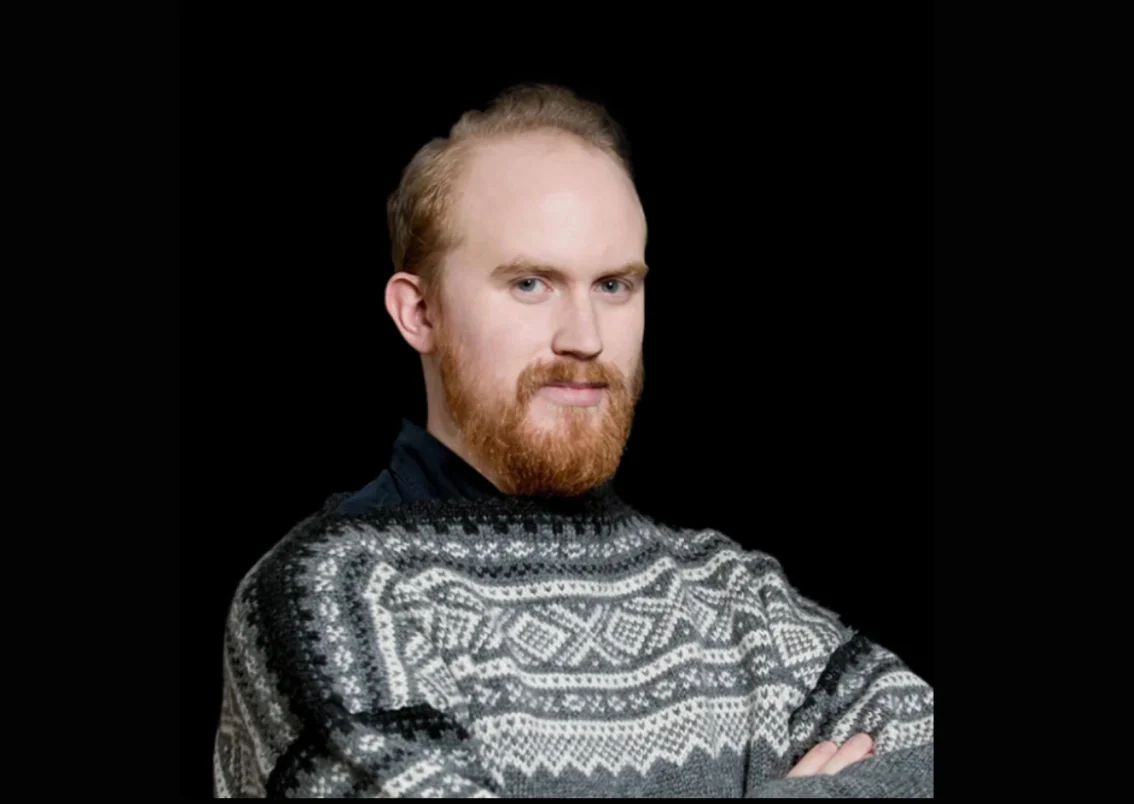Breivik Attack Survivor Now Helps Fight Extremism
Bjørn Ihler has survived a terrorist attack in his youth. A personal experience influenced his decision to start helping victims of extremism. At this year’s Impact Summit, he will talk about where denial of difference and diversity can lead, including how to create space for dialogue in a divided society, and how to find trust in people and the world.
Bjørn Ihler, only 20 years old, was one of about 600 participants at the Norwegian Left Party’s youth camp on 22 July 2011. At around half past six in the afternoon gunshots rang out. The camp was held on the Norwegian island of Utøya and the shots came from the gun of neo-Nazi Anders Breivik.
Bjørn fled into the woods, where he found an eight-year-old boy and took him into hiding. The boy was worried about his father, who served as a guard at the camp. He wanted to go looking for him, but Bjørn persuaded the boy to stay with him. The boy’s father was later identified as one of the victims.
When they heard gunshots coming in their direction, they had to move on. They fled to the edge of the island. From there, Bjørn and the boy saw helicopters and police boats, and heard a man in a police uniform calling to them. He told them that it was all over, that they were safe. Then the same man started shooting again. It was Anders Breivik, who wanted to go on killing in disguise.
Bjørn could only escape Breivik rage by jumping into the icy lake. When he emerged from the water, he saw his attacker pointing a gun directly at his head.
After years, Bjørn describes these moments as the moments of his greatest fear. He was sure he was going to die that day. He says that more than being afraid of the attacker, he was afraid of the unknown – he didn’t know what could have possibly happened and what death would be like. But he didn’t let that life experience break him. On the contrary, he has dedicated his life to helping those who survived what he did and, most importantly, to trying to prevent similar acts from happening again.
How to Prevent Attacks?
This is the question Bjørn began to ask himself. After successfully completing a degree in theatre design in Liverpool, he became involved in a number of projects to counter violent extremism and expand his education in this field. Working with former extremists has been part of his work for years.
Bjørn founded Revontulet, a company that helps to identify and prevent potential terrorist threats. They research the specifics of a particular organisation or company and provide tailored security advice based on data collection and expert analysis. They also offer an information service that aims to provide the latest news on geopolitics and counter-terrorism. The latter also serves as a real-time alert of potential dangers.
He also co-founded the Kalifa Ihler Institute, which is dedicated to the recovery of society through technological innovation, cooperation with the media and the drafting of proposals for concrete measures. Their main focus is on research and threat monitoring. For example, they have developed the Hate Map, which captures the links between far-right activities, from leaflet distribution to violent crime. The aim of the project is to provide a comprehensive overview of the issue and to highlight connections that may not be apparent at first glance. This helps to map, as well predict, trends within extremist groups. For example, it is often the case that in terrorist attacks, so-called ‘lone wolves’ are mentioned, but the similarities subsequently reveal that the attackers have been inspired by other acts of violence in the past or have been linked to neo-Nazi movements through unofficial channels.
Bjørn was also part of the international security cooperation after the attack on the Tepláreň (gay pub in Bratislava). He and his team were particularly keen to prevent the spread of the attacker’s manifesto.
He also served as chair of the Global Internet Counterterrorism Forum and joined the Obama Foundation Leaders, a network of individuals whose work at the local level brings about positive change in their communities or countries.
Diversity as Prevention of Extremism
As part of his work, Bjørn visits various forums and talks about his experience. He stresses that for a society to be peaceful, there must be room for diversity. He compares the terror he felt just before the bullet flew inches from his head to the fear that drives violent people like Breivik.
For Bjørn, it is the fear of the unknown – for some, it may be minorities or a different way of thinking. True courage is therefore what Bjørn calls the courage to face the fear of the unknown and embrace the otherness that surrounds us. For only a society in which everyone has a place, no matter who they are, creates a safe environment for all of us.






